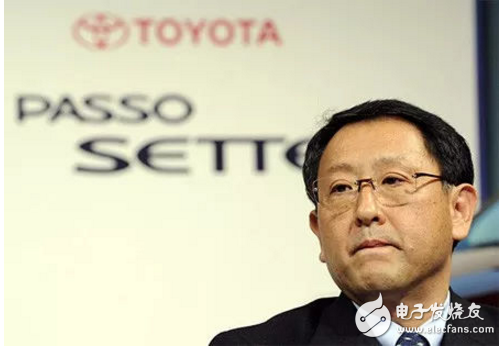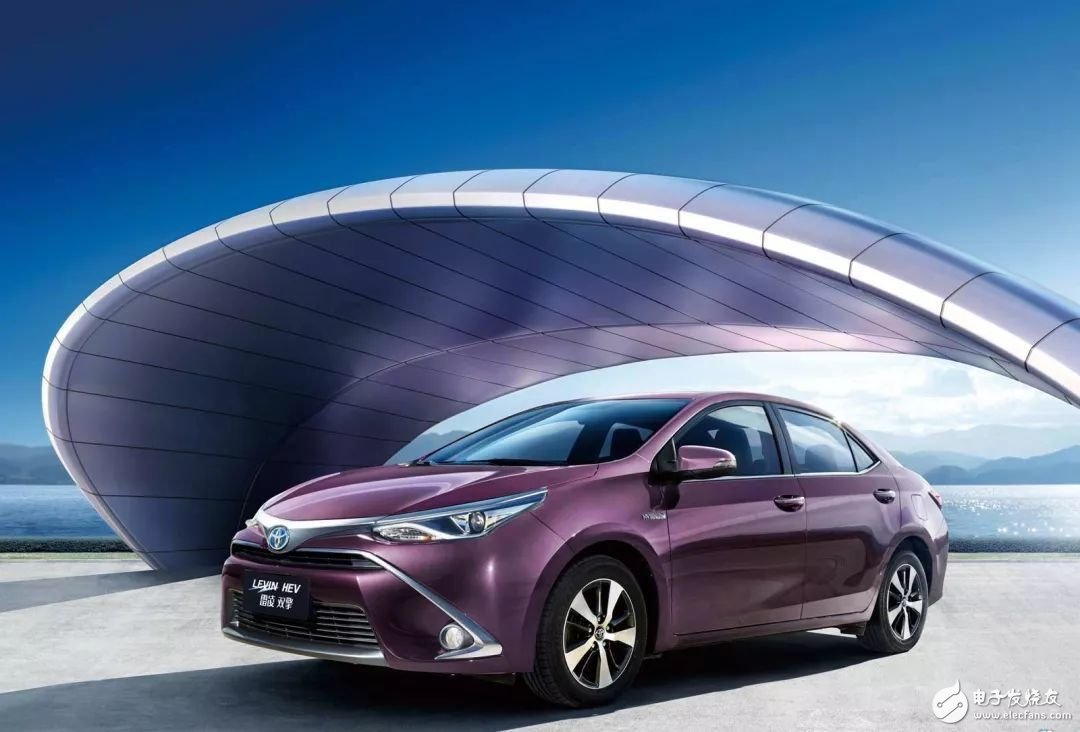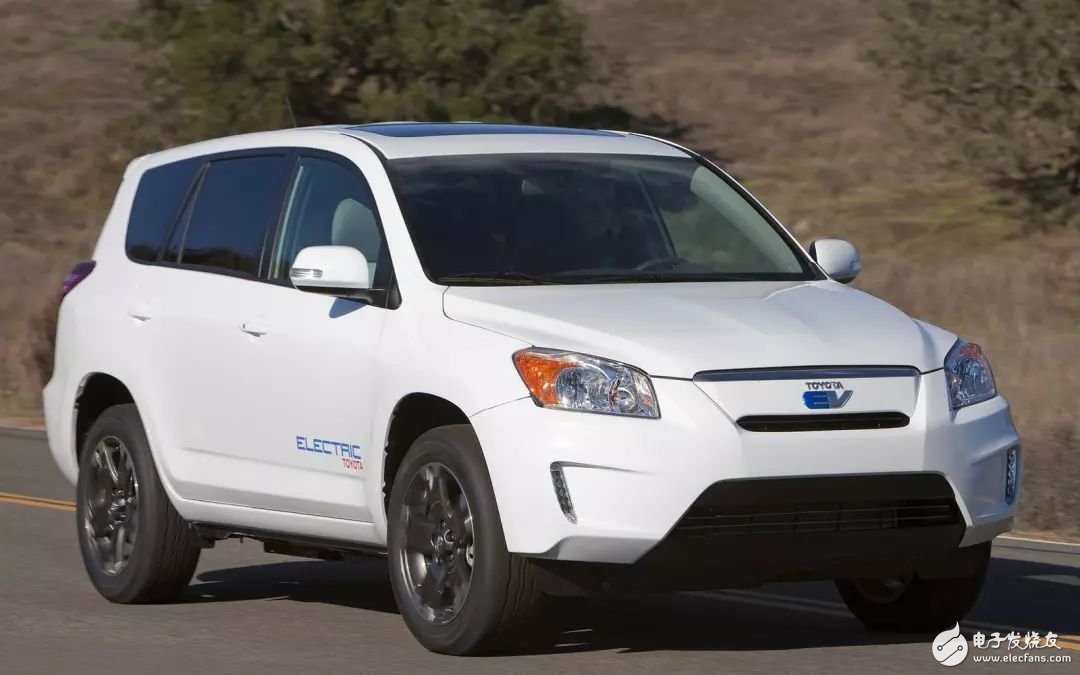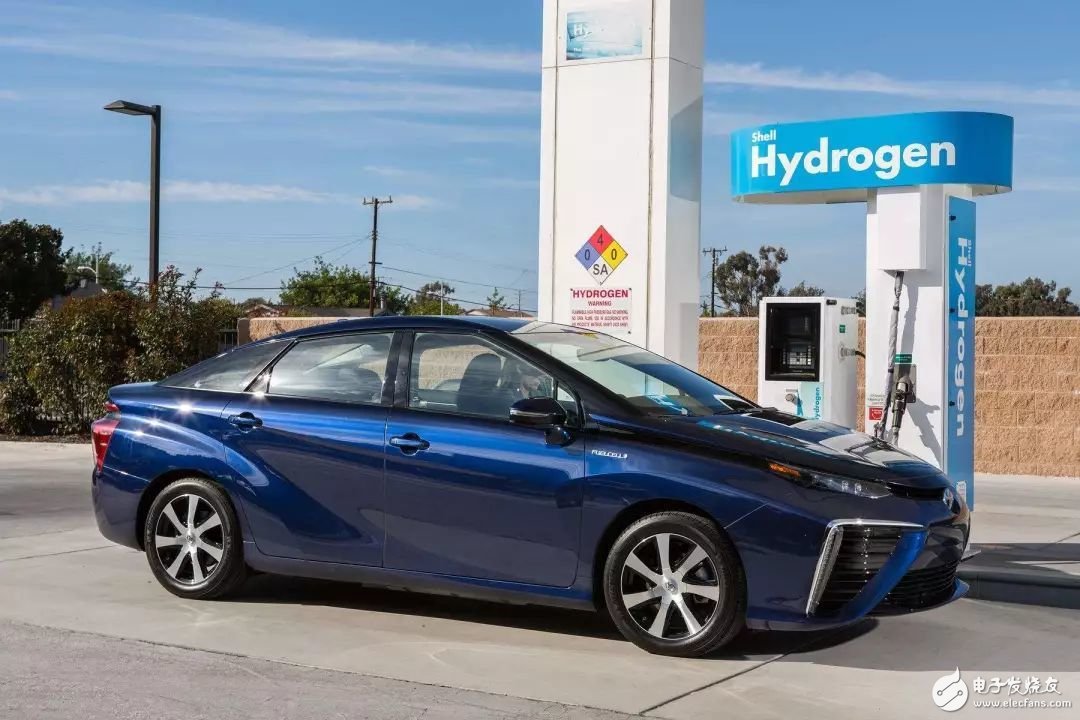Faced with the gradual growth of the new energy market, more and more manufacturers have joined the "new energy army." And watching the car companies in the new energy circle mixed with the wind, Toyota is finally unable to sit still! "No! You can't be happy in the circle. Let me alone and be alone outside the circle. I want to join you." So, Toyota announced the new 2020-2030. The energy model challenge plan indicates that Toyota is ready to launch a strong offensive against the new energy vehicle market.

Toyota's plan includes research and development and popularization of hybrid, plug-in hybrid, pure electric and fuel cell vehicles. The goal is to achieve annual sales of more than 5.5 million electric vehicles in the global market by 2030.
The details are as follows:1. By 2030, Toyota will strive to achieve annual sales figures of more than 5.5 million electric vehicles in the global market, of which zero-emission pure electric and fuel cell models strive to achieve annual sales of more than 1 million vehicles;
Second, by 2025, continue to expand the coverage of electric vehicles, all models sold worldwide are equipped with a motorized version. As a result, pure fuel vehicles equipped with only conventional internal combustion engines will gradually withdraw from Toyota's product line;
Third, since 2020, the Chinese market has begun to accelerate the introduction of pure electric vehicles. By 2025, the number of pure electric vehicles sold in the global market will be expanded to more than 10 types (after the Chinese market, Toyota will introduce pure electric vehicles in the order of Japan, India, the United States, and Europe);
4. Since 2020, the product lineup of fuel cell passenger cars and commercial vehicles has been continuously enriched;
5. Continue to upgrade the performance of Toyota THS-II hybrid system. At the same time, continue to develop various types of hybrid systems such as strong power and simple to meet the needs of different customers;
6. Continuing to expand the lineup of plug-in hybrid models since 2020.
From this plan, Toyota, who is obsessed with hybrid power and fuel cell technology routes, wants to become a "all-rounder", so Toyota has accelerated the pace of electrification.
In fact, as early as 2016, Toyota officially established the Pure Electric Division, which was headed by President Akio Toyoda, and worked with Panasonic to develop lithium-ion batteries for electric vehicles and explore the next generation of "all-solid batteries." Everything highlights Toyota’s determination to change.
Within two years, why is Toyota's new energy strategy abrupt?In 2015, Toyota officially released a strategy called “Toyota Environmental Challenge 2050â€, proposing to make the negative impact of the car wireless close to zero and bring positive energy to the society.
Specific to the vehicle level, Toyota will sell more than 30,000 fuel cell vehicles worldwide after 2020. Hybrid vehicles will reach 1.5 million annual sales in 2020. At the same time, R&D has high energy density, high voltage and high temperature resistance. An all-solid-state battery with excellent features.

In this strategy, Toyota will focus on its own hybrid electric vehicle and fuel cell vehicle. This is the best technical route that Toyota has considered after numerous trials and strategic analysis. For plug-in hybrid and pure electric vehicles that most car companies are concerned about, Toyota has hardly mentioned it in this strategy.
In the second year of the strategy launch of the Toyota Environmental Challenge 2050, the situation changed. When China, the world’s largest new energy vehicle market, began to implement a new energy vehicle integration policy similar to that of the United States, and the hybrid vehicles that can be counted in the United States were not considered in China, when traditional competitors were active When planning plug-in hybrid and pure electric, when China's new car-making forces are skyrocketing under the support of various capitals, it is still unsatisfactory to see the progress of its fuel cell vehicle market in 2020. At that time, Toyota also had to start thinking about the feasibility of the company's "strategic turnaround" and put the pure electric vehicle R&D plan ahead of schedule.

In December 2017, Toyota announced a challenge plan for 2020 to 2030, announcing that it will stop manufacturing engines only after 2025, in the order of China, Japan, India, the United States, and Europe in 2020-2025. Launched more than 10 pure electric vehicles and achieved sales of 5.5 million electric vehicles including hybrid, plug-in hybrid, pure electric and fuel cell vehicles in 2030 – hybrid and plug-in hybrids Power vehicles accounted for 4.5 million vehicles, and pure electric vehicles and fuel cell vehicles accounted for 1 million vehicles. At present, Toyota's annual sales of electric vehicles in the world is about 1.47 million, and the new target will exceed three times the current sales.

From obsessing with its own technical route to the "comprehensive blossoming" of new energy vehicle types, we can't just interpret this as Toyota's compromise, but the result of external influence factors and its own development conditions.
Why did Toyota not want to be a pure electric car?This is a question that many people are confused about. As early as the 1970s, Toyota began the research and development of hybrid technology. By 1997, the world's first hybrid car Prius was introduced to the US. Toyota has accumulated considerable accumulation of motors, batteries and electronic control technology.

More critically, Toyota's hybrid car can already compete with traditional cars. In 2017, Toyota's domestic sales of Corolla Shuangqing and Ralink dual-engine have accounted for about 20% of the respective cars, and Toyota has reduced the cost of hybrid vehicles by making the core components of the hybrid system domestically. The degree of consistency with the price of traditional power models. Whether it is the 13.98-17.58 million Corolla double engine or the 13.98-15.98 million Leiling double engine, they are no different from the traditional models of the same level of power.

Hybrid technology or pure electric technology, the core still can not escape the development of motor, electronic control and battery technology. Therefore, Toyota has been reluctant to admit that it is behind the opponent in the process of pure electric vehicles. The reason is that Toyota holds all the core technologies related to motors, batteries and electronic controls.
As for why the pure electric vehicle is not introduced to the market, Toyota's explanation is that the size and cost of the battery still do not meet the expectations of mass production of pure electric vehicles.
Prior to Toyota’s chairman, “Father of the Priusâ€, Nakayama Takeshi said in an open interview that if all kinds of pure electric vehicles are rapidly popularized, almost all car companies will lose money, so the era of fully electricized cars will not come.

His reason is that the Prius PHEV, which has three times the battery capacity of the ordinary hybrid vehicle, is bothered by the increase in cost and capacity. The pure electric vehicles whose battery capacity is more than 50 times that of the ordinary hybrid model cannot be lost. It took Toyota 20 years to get the proportion of hybrid vehicles to reach 15%. Many car companies plan to achieve 30% of pure electric vehicle sales by 2030.
Even Toyota's own 2030 planning goal is the total number of pure electric vehicles and fuel cell vehicles. As for the proportion of pure electric vehicles, Toyota is still in the dark. It is precisely because of Toyota's uncertainty about the development scale of battery production, cost, etc., the conservative and rigid Toyota is not willing to focus on pure electric vehicles too early.

Wireless Bridge,Wifi Wireless Bridge,Gigabit Wifi Bridge,Long Range Wifi Bridge
Shenzhen MovingComm Technology Co., Ltd. , https://www.movingcommiot.com